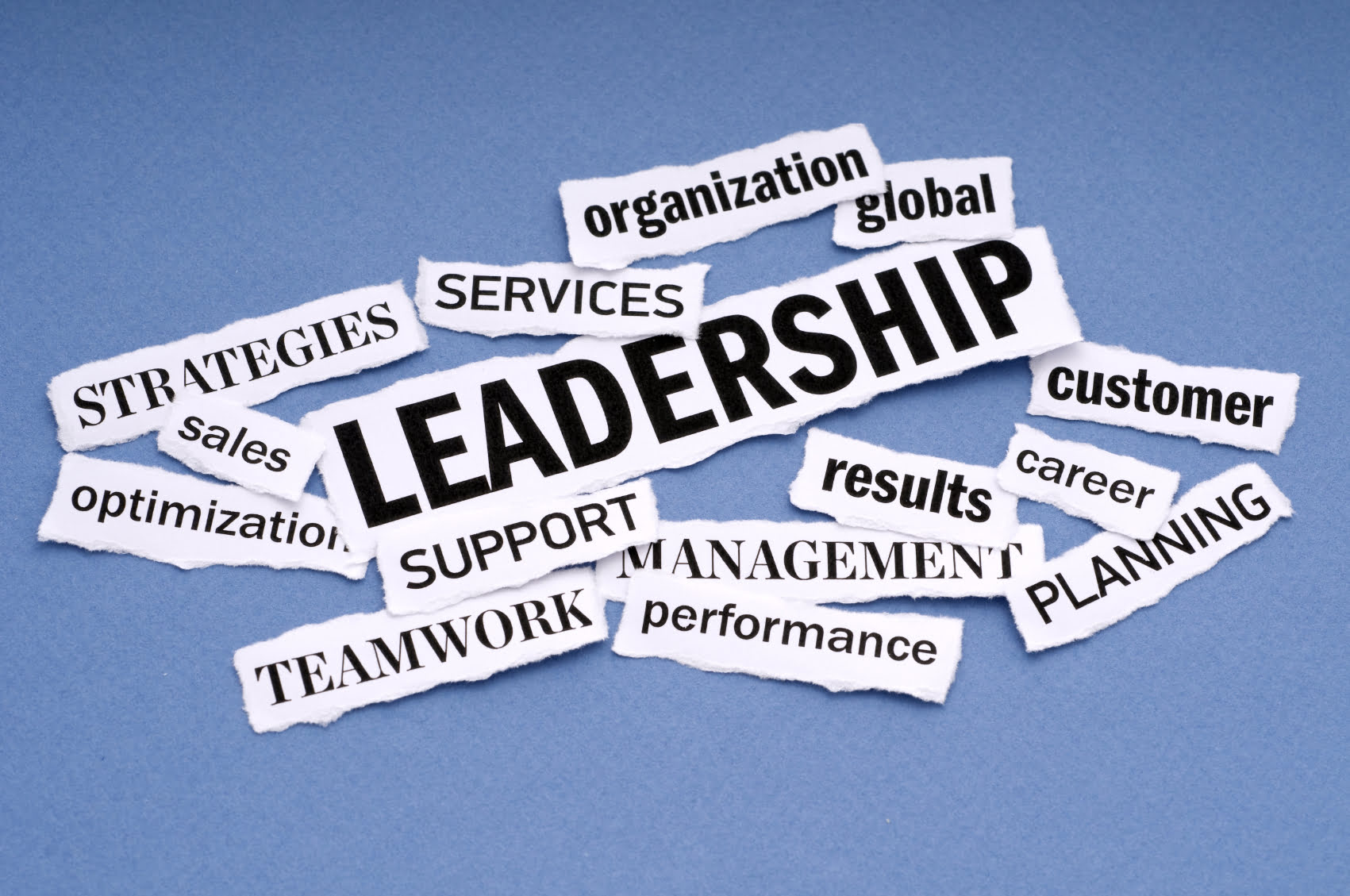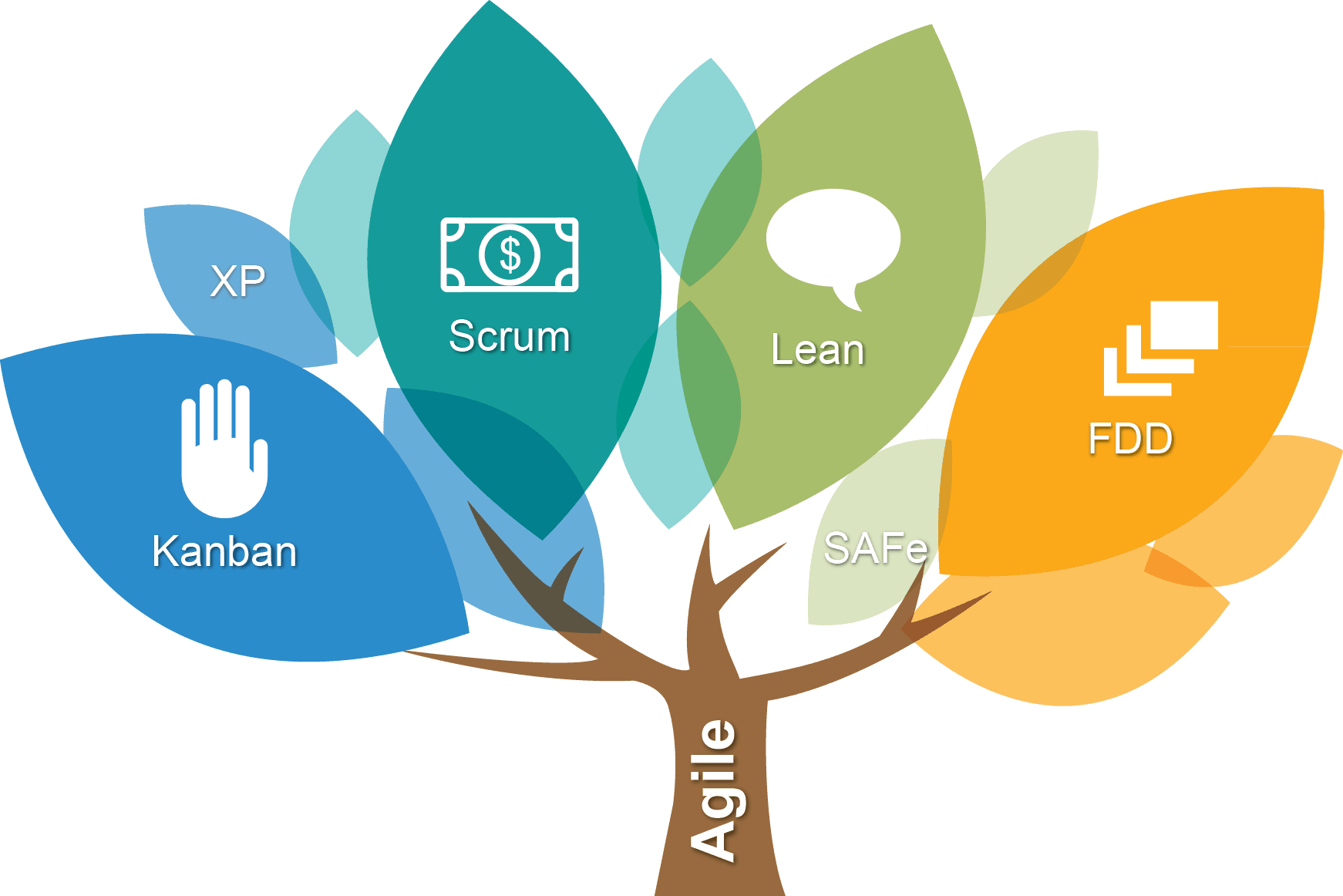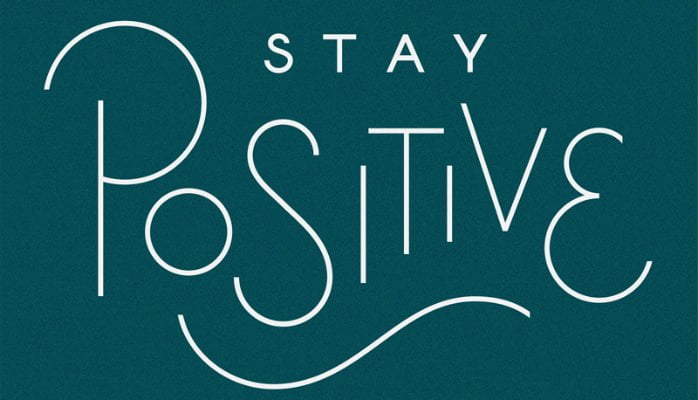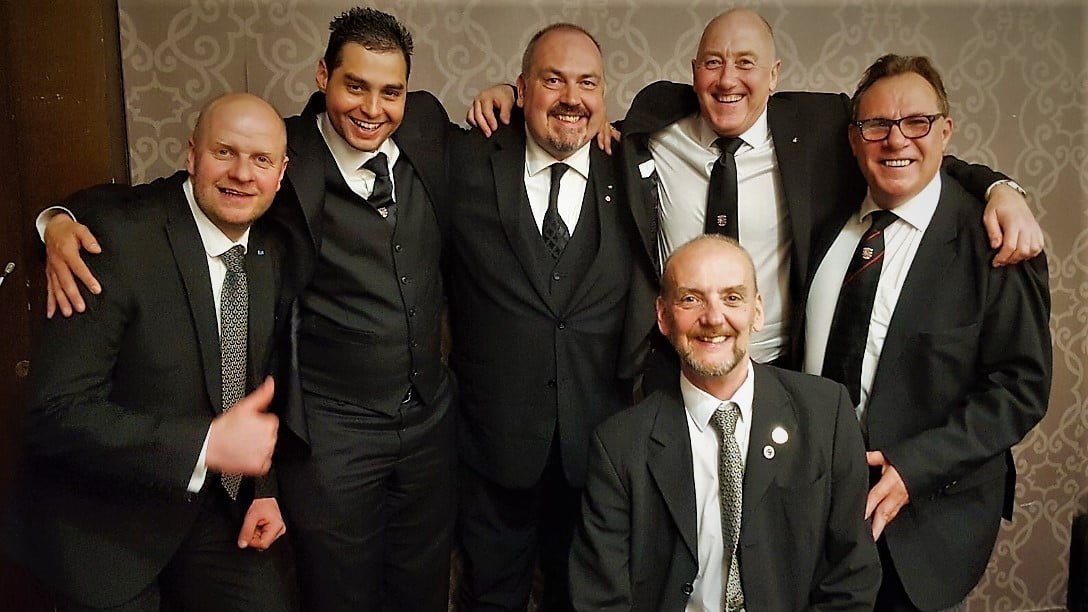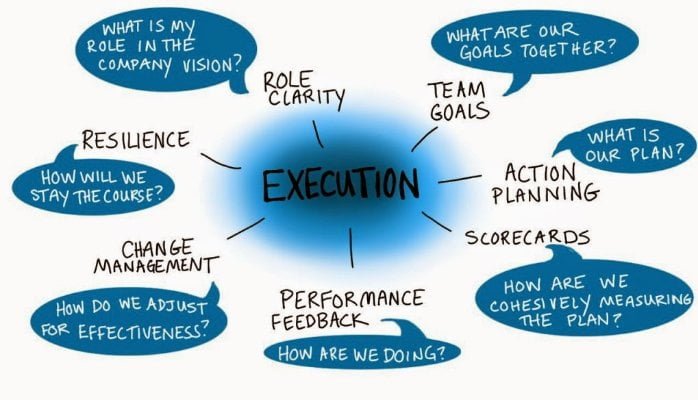Professional success is important to everyone, but still, success in business and in life means different things to different people.
But one fact is universal: Real success, the kind that exists on multiple levels, is impossible without building great relationships. Real success is impossible unless you treat other people with kindness, regard, and respect.
What Steps? I hear you ask:-
Take the hit – A customer gets mad. A stakeholder complains about poor service. A mutual friend feels slighted. Sometimes, whatever the issue and regardless of who is actually at fault, some people step in and take the hit. They’re willing to accept the criticism or abuse because they know they can handle it–and they know that maybe, just maybe, the other person can’t.
Few acts are more selfless than taking the undeserved hit. And few acts better cement a relationship.
Step in without being asked It’s easy to help when you’re asked. Most people will. Very few people offer help before they have been asked, even though most of the time that is when a little help will make the greatest impact. People who build extraordinary relationships pay close attention so they can tell when others are struggling. Then they offer to help, but not in a general, “Is there something I can do to help you?” way.
Instead they come up with specific ways they can help. That way they can push past the reflexive, “No, I’m okay…” objections. And they can roll up their sleeves and make a difference in another person’s life. Not because they want to build a better relationship, although that is certainly the result, but simply because they care.
Answer the question that is not asked – Where relationships are concerned, face value is usually without value. Often people will ask a different question than the one they really want answered. A colleague might ask you whether he should teach a class at a local college; what he really wants to talk about is how to take his life in a different direction.
A partner might ask how you felt about the idea he presented during the last board meeting; what he really wants to talk about is his diminished role in the running of the company. An employee might ask how you built a successful business; instead of kissing up he might be looking for some advice–and encouragement–to help him follow his own dreams.
Behind many simple questions is often a larger question that goes unasked. People who build great relationships think about what lies underneath so they can answer that question, too.
Know when to Reign it In – Outgoing and charismatic people are usually a lot of fun… until they aren’t. When a major challenge pops up or a situation gets stressful, still, some people can’t stop “expressing their individuality.” (Admit it: You know at least one person so in love with his personality he can never Reign it back.)
People who build great relationships know when to have fun and when to be serious, when to be over the top and when to be invisible, and when to take charge and when to follow.
Great relationships are multifaceted and therefore require multifaceted people willing to adapt to the situation–and to the people in that situation.
Prove they think of others – People who build great relationships don’t just think about other people. They act on those thoughts. One easy way is to give unexpected praise. Everyone loves unexpected praise–it’s like getting flowers not because it’s Valentine’s Day, but “just because.” Praise helps others feel better about themselves and lets them know you’re thinking about them (which, if you think about it, is flattering in itself.)
Take a little time every day to do something nice for someone you know, not because you’re expected to but simply because you can. When you do, your relationships improve dramatically.
Realise when they have acted poorly – Most people apologise when their actions or words are called into question.
Very few people apologise before they are asked to, or even before anyone notices they should. Responsibility is a key building block of a great relationship. People who take the blame, who say they are sorry and explain why they are sorry, who don’t try to push any of the blame back on the other person–those are people everyone wants in their lives, because they instantly turn a mistake into a bump in the road rather than a permanent roadblock.
Give consistently, receive occasionally – A great relationship is mutually beneficial. In business terms that means connecting with people who can be mentors, who can share information, who can help create other connections; in short, that means going into a relationship wanting something.
The person who builds great relationships doesn’t think about what she wants; she starts by thinking about what she can give. She sees giving as the best way to establish a real relationship and a lasting connection. She approaches building relationships as if it’s all about the other person and not about her, and in the process builds relationships with people who follow the same approach.
In time they make real connections. And in time they make real friends.
Value the message by always valuing the messenger – When someone speaks from a position of power or authority or fame it’s tempting to place greater emphasis on their input, advice, and ideas.
We listen to Deming. We listen to Taiichi Ohno. We listen to Peter Senge, The guy who mows our lawn? Maybe we don’t listen to him so much. That’s unfortunate. Smart people strip away the framing that comes with the source–whether positive or negative–and consider the information, advice, or idea based solely on its merits.
People who build great relationships never automatically discount the message simply because they discount the messenger. They know good advice is good advice, regardless of where it comes from. And they know good people are good people, regardless of their perceived “status.”
Start small… and are happy to stay small – I sometimes wear a Newcastle Football Club shirt. At the supermarket the other, the checkout operator said, “Oh, you’re a Newcastle supporter? My team is Manchester United.”
I always engage in little interactions, and I said, “You think Man U can win the league this year?”
He gave me a huge smile and said, “Oh yeah. We’ll crush everyone!” (Too bad he will be wrong.)
Now whenever I see him he waves, often from across the store. I almost always walk over, say hi, and talk briefly about footy. That’s as far as our relationship is likely to go and that’s okay. For a couple of minutes we transcend the customer/employee relationship and become two people brightening each other’s day. And that’s enough, because every relationship, however minor and possibly fleeting, has value.
People who build great relationships treat every one of their relationships that way. (That’s a good lesson we all need to take to heart)




